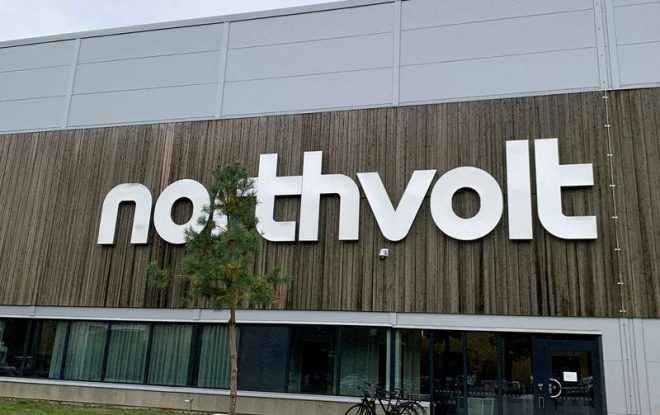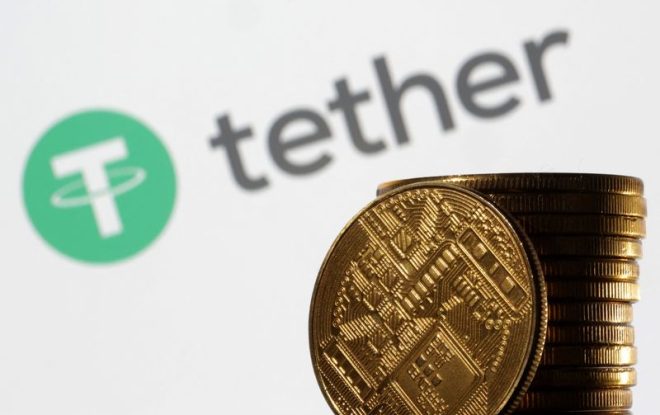Verizon Just Increased Its Dividend for the 18th Year in a Row. Will Its $20 Billion Acquisition Put That Streak in Jeopardy?
Verizon (NYSE: VZ) is one of the top dividend stocks in the S&P 500. The telecom giant’s payout currently yields more than 6.5%. That puts it among the 10 highest yields in that broad market index, where the average is less than 1.5%.
Further, the company recently increased its payout for the 18th straight year. That’s the longest current streak in the U.S. telecom sector.
A big factor driving Verizon’s ability to continue increasing its dividend has been its improving free cash flow and leverage ratio. However, the company recently agreed to acquire Frontier Communications (NASDAQ: FYBR). While that deal will enhance its fiber network, the $20 billion all-cash acquisition will saddle it with a lot more debt. That increased leverage could impact the company’s ability to continue growing its dividend.
A notable step backward
In recent years, Verizon’s focus has been on reducing its debt. The company set a long-term goal of getting its leverage down to a range of 1.75 times to 2.0x. Its leverage ratio was 2.5x at the end of the second quarter, down from 2.7x at the end of 2022.
The company has been using all its excess free cash flow after capital spending and dividends on debt reduction. It planned to do that until leverage got to around 2.25x. Once it hit that level, the company anticipated launching a share repurchase program.
Verizon was on track to achieve the targeted leverage ratio to trigger share repurchases next year. It has been generating an increasing amount of post-dividend free cash flow, enabling it to accelerate its debt reduction. For example, it has produced $2.9 billion in excess free cash flow through the first half of 2024, up from $2.5 billion through the same period of last year. That debt paydown had the company on track to end next year with a 2.3x leverage ratio, according to Fitch.
However, the Frontier acquisition will throw a wrench in those plans. According to credit rating agency S&P Global, Verizon’s leverage ratio will rise to around 3.0x after closing the Frontier deal. This means Verizon won’t be able to start repurchasing shares anytime soon.
On a more positive note, both credit rating agencies expect the company to quickly de-lever its balance sheet following the Frontier deal. S&P Global believes it will achieve its targeted leverage ratio for share repurchases in 2027 (assuming everything goes according to plan). Likewise, Fitch sees the company getting back on track toward achieving its leverage target following the Frontier acquisition.
Silver linings
The Frontier deal will have a meaningful near-term impact on Verizon’s balance sheet. However, the company does have room to absorb the hit. S&P Global noted that while Verizon’s leverage level will rise to 3.0x after closing the transaction, that’s still comfortably below the 3.25x level, which would trigger a downgrade in its credit rating. S&P Global’s bond rating for Verizon is BBB+, which is a strong investment-grade level, while Fitch’s is even higher at A-.
Meanwhile, Verizon’s balance sheet is already stronger than that of rival AT&T (NYSE: T). The fellow telecom giant ended the second quarter with a roughly 2.9x leverage ratio. The company has also been aggressively repaying debt ($5.1 billion over the past year). That has AT&T on track to get its leverage ratio down to a range of 2.5 times in the first half of next year (which would put it around Verizon’s current level).
AT&T had previously cut its dividend by nearly 50% in 2022 to retain more cash to invest in its network and reduce debt following the spinoff of its media business.
Verizon is using its currently stronger balance sheet to acquire Frontier to better compete with AT&T in fiber. The deal will help grow its subscriber base from 7 million today to over 10 million homes by 2026, with the potential to reach 25 million homes. Further, the deal will be accretive to the company’s earnings, driven by at least $500 million in cost synergies over the first three years as Verizon integrates Frontier.
Finally, the company will still maintain a solid balance sheet (which will steadily improve). These factors should enable it to continue delivering its industry-leading dividend.
Elevating the risk profile a little bit
Verizon is making a big splash to bulk up its fiber business by acquiring Frontier in a $20 billion deal. That transaction will drive up its leverage ratio in the near term, delaying the company’s ability to start repurchasing its stock. That higher leverage level adds some risk to the dividend.
However, Verizon is in a strong position to handle the additional debt, which it expects to pay down in the coming years. Because of that, it still looks like a solid option for income-seeking investors, since it should be able to continue increasing its high-yielding dividend even as it deleverages.
Should you invest $1,000 in Verizon Communications right now?
Before you buy stock in Verizon Communications, consider this:
The Motley Fool Stock Advisor analyst team just identified what they believe are the 10 best stocks for investors to buy now… and Verizon Communications wasn’t one of them. The 10 stocks that made the cut could produce monster returns in the coming years.
Consider when Nvidia made this list on April 15, 2005… if you invested $1,000 at the time of our recommendation, you’d have $630,099!*
Stock Advisor provides investors with an easy-to-follow blueprint for success, including guidance on building a portfolio, regular updates from analysts, and two new stock picks each month. The Stock Advisor service has more than quadrupled the return of S&P 500 since 2002*.
*Stock Advisor returns as of September 9, 2024
Matt DiLallo has positions in Verizon Communications. The Motley Fool has positions in and recommends S&P Global. The Motley Fool recommends Verizon Communications. The Motley Fool has a disclosure policy.
Verizon Just Increased Its Dividend for the 18th Year in a Row. Will Its $20 Billion Acquisition Put That Streak in Jeopardy? was originally published by The Motley Fool




Leave a Reply